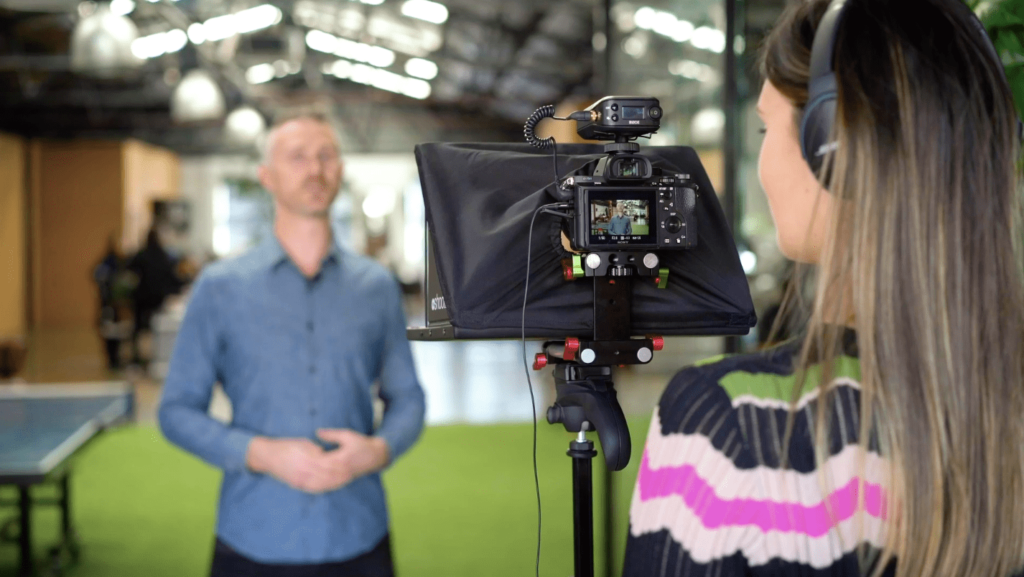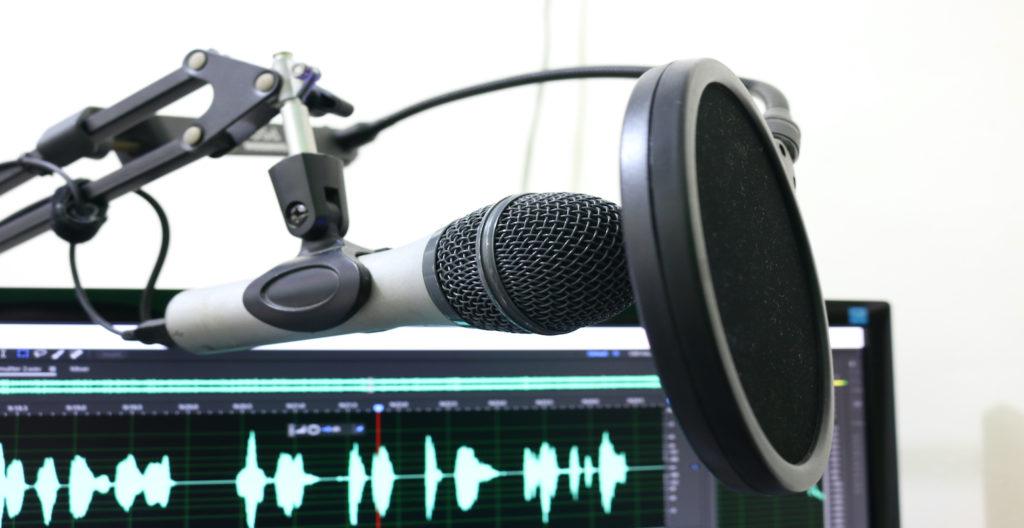Nick de la Force, Creative Director of Shootsta, spoke to Business Leader about the importance of learning and development videos for HR professionals.
At Shootsta we have seen a 97.2% rise in Learning & Development content since the start of the pandemic.
We have also seen a lot of remote working training videos, government guideline videos, company updates and team training. Despite the revelation of the government’s roadmap out of lockdown to the public last week, 74% of L&D professionals still expect to see a lot more online learning post Covid-19. Moreover, nearly 60% believe that pre-recorded video messages are the best way to welcome new employees. It is clear, then, that the increase in video content is here to stay. So, how do those involved in creating these videos make sure they are structuring them for 100% success?
How and why is video being used?
HR teams are using video for all aspects of their work, from virtual training and recruitment to creating culture videos and staff spotlights. Video is also being used to communicate internal operational changes via leadership announcements. The benefits of using video for these practices are multiple. Video has been shown to break down barriers to leadership, drive purpose in the remote world, improve employee experiences, provide clarity on priorities, and reassure employees that you are listening.
It is not just employers that are reaping the benefits from the use of video. It has been found that employees are 75% more likely to watch a video than they are to read text. In addition, 42% of employees would rather have flexible video options – such as pre-recorded messages – in addition to scheduled virtual meetings.
What do I want to achieve from this?
When creating your HR or L&D video, it is important to remember what your priorities are. Ask yourself: what do I want to achieve from creating this video? Through our experience working with brands on their HR and L&D content, we have identified a number of core aims and their underlying reasons.
-
t
- Leadership Positioning
-
t
- Leaders these days are taking a bigger role to support their teams
- Being able to respond to change and crisis’ – whilst conveying empathy – is a challenge for leaders
- Staff spotlighting can help to humanise a changing organisation
t
t
-
t
- Employee Engagement
-
t
- There is such a focus on maintaining company culture and meeting employees’ expectations
- If companies adapt to a remote/hybrid environment, they need to ensure all departments say connected
- For people looking to join an organisation, they will look at how the company supports wellbeing – particularly after the year we have just had!
t
t
-
t
- Building Employee Skills
-
t
- We all know that training and L&D is critical. A lot of staff who are redeployed to different areas of the business need upskilling – as well as, of course, new staff.
- Leaders increasingly need training to learn how to manage a remote workforce
- Operational change on a regular basis needs communicating in an appropriate way
t
t
How do I structure my video?
So, finally, here are our top tips to structure your video for 100% success…
-
t
- Make it consistent
-
t
- One off videos have their place, but they can have limited value
- Building a series helps people establish a routine around your content and build time to take in the information you are sharing
t
-
t
- Make it digestible
-
t
- Help your audience by getting straight to the point!
- At Shootsta we use the 3-10-30 rule to engage people’s attention:
-
t
- In the first 3 seconds of your video grab people’s attention, with an interesting fact, idea or a funny / memorable moment
- In the first 10 seconds then make it clear exactly why the audience is there watching your video + how it benefits / is relevant to them
- Finally, within the first 30 seconds double down on that and set the stage with what you’ll cover to get to that benefit…
t
t
t
-
t
- Make it actionable
-
t
- Provide a clear purpose to the video and a strong call to action that people can follow
- If you can get viewers to put any of the information you give them into action after watching, then they are more likely to retain that information
t
-
t
- Make it purpose driven
-
t
- Tie it all back into your brand’s purpose, don’t just provide information on it’s own, give your audience WHY behind it and provide as much context as you can… even when you think it’s superfluous / obvious “why are we doing this?”, “why we need you to do this?”
-
t
- Have follow-on content ready to go
-
t
- Maybe it is a deep dive video on your idea for those people who want to know more, as well as a shorter digest-style video for people in a rush. You can shoot everything in one go.
-
t
- If you cannot do that have a link to related blog, a help article, course or even your website to give a next step and make sure you include that in your call to action “make sure you understand policy X by end of the month and click the link to our policy X course if you need to know more for your role
This article was originally published on Businessleader.co.uk
Interested in simple, fast and effective video? Shootsta can help
To find out more about how we can help you with your video needs, please enter your details below. We’ll get in touch as soon as possible.


